Jürgen Partenheimer | spectral void [ma]
13 Sep - 09 Nov 2024

Installation view, Jürgen Partenheimer, spectral void [ma], 2024 | Courtesy of max goelitz | Copyright of the artist | Photo: Marjorie Brunet Plaza
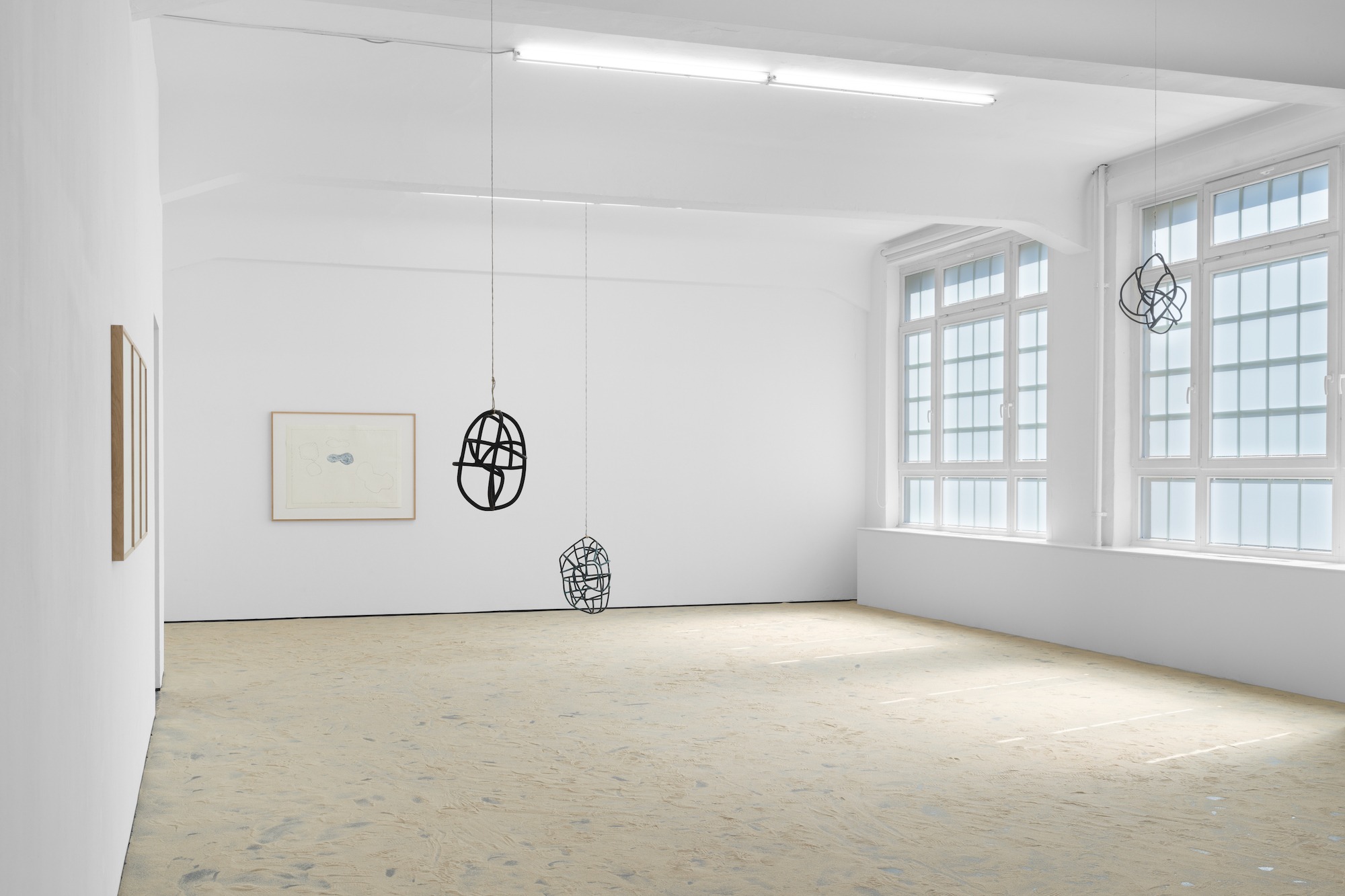
Installation view, Jürgen Partenheimer, spectral void [ma], 2024 | Courtesy of max goelitz | Copyright of the artist | Photo: Marjorie Brunet Plaza
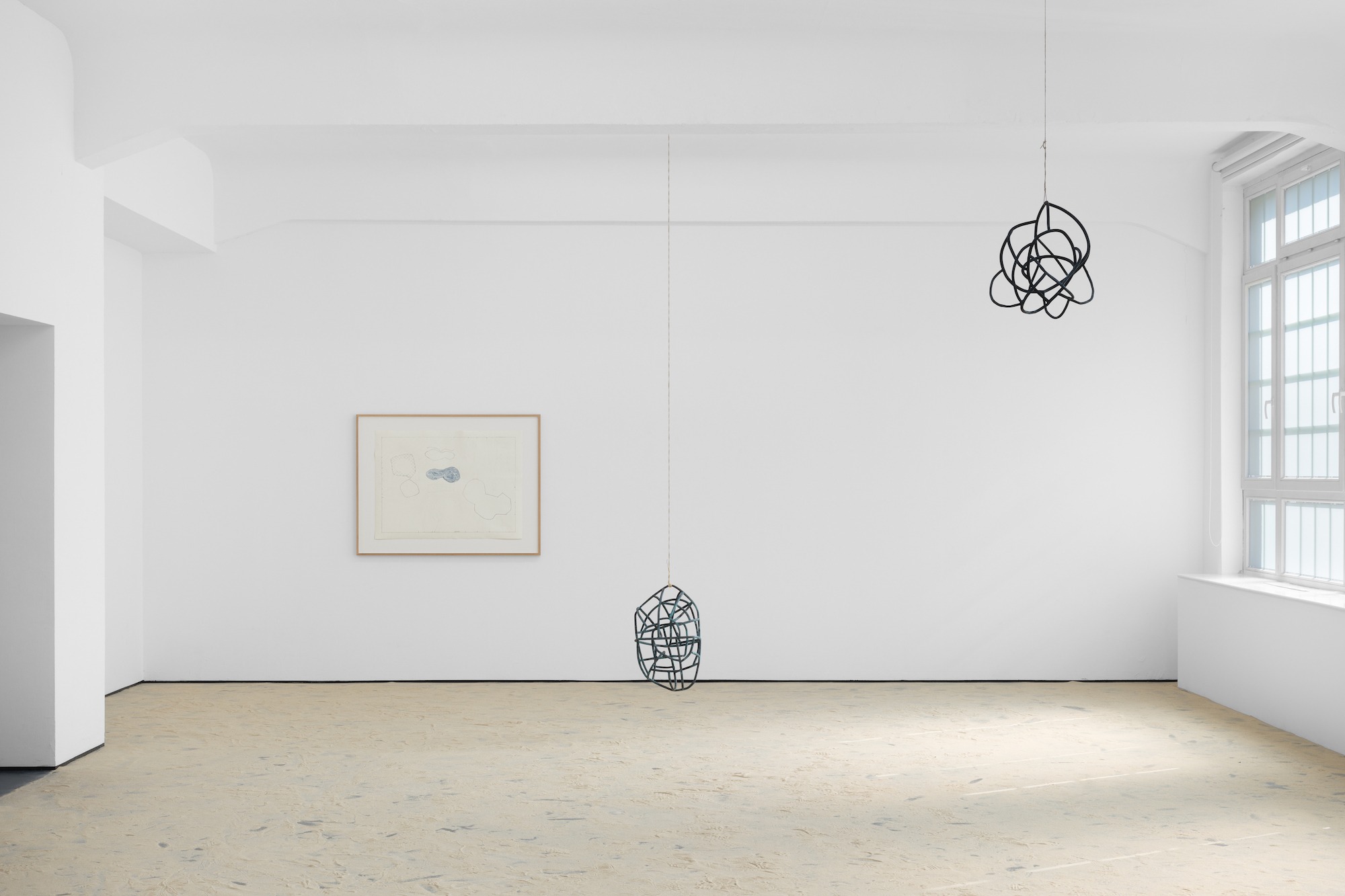
Installation view, Jürgen Partenheimer, spectral void [ma], 2024 | Courtesy of max goelitz | Copyright of the artist | Photo: Marjorie Brunet Plaza
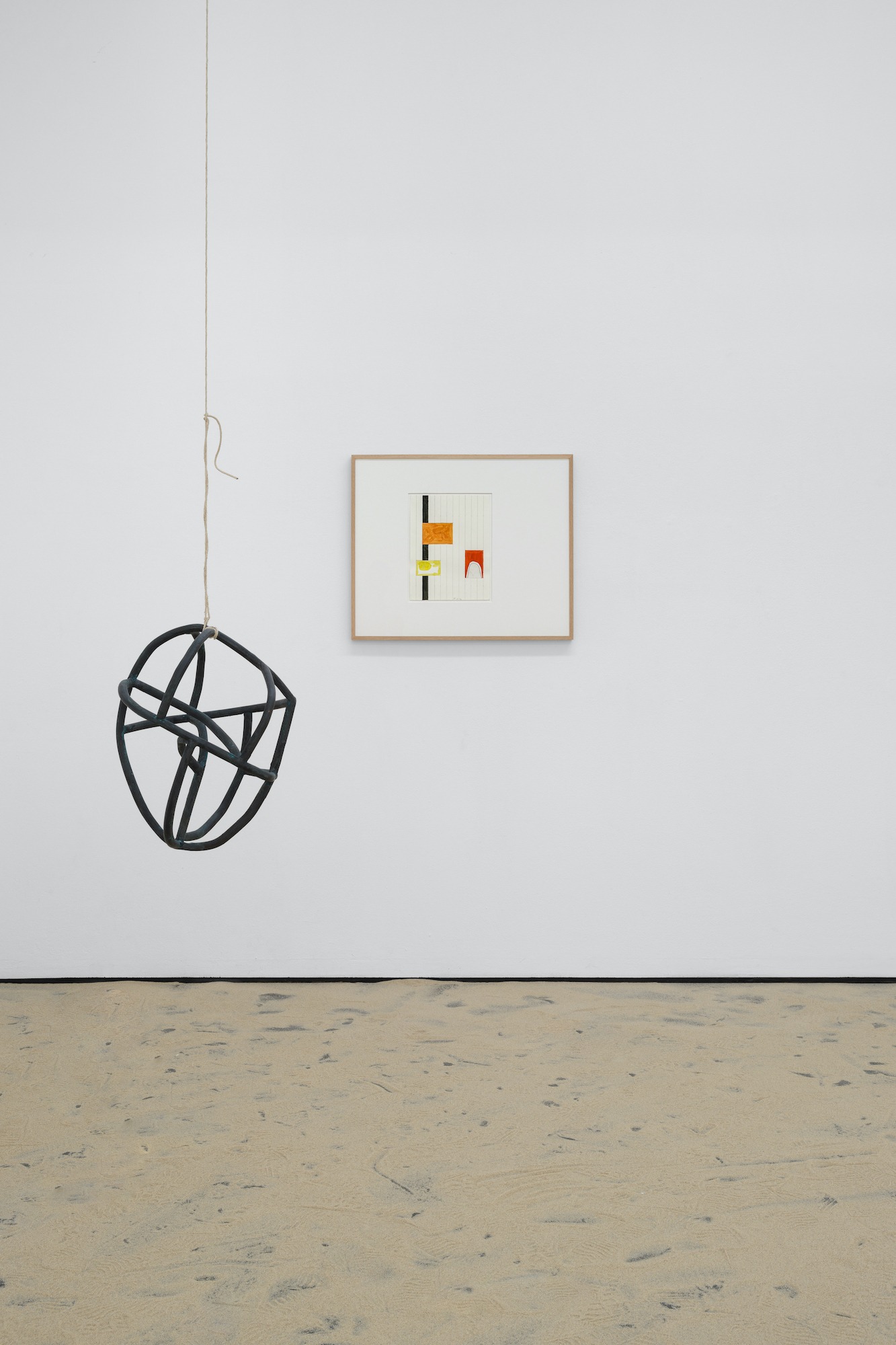
Installation view, Jürgen Partenheimer, spectral void [ma], 2024 | Courtesy of max goelitz | Copyright of the artist | Photo: Marjorie Brunet Plaza

Installation view, Jürgen Partenheimer, spectral void [ma], 2024 | Courtesy of max goelitz | Copyright of the artist | Photo: Marjorie Brunet Plaza
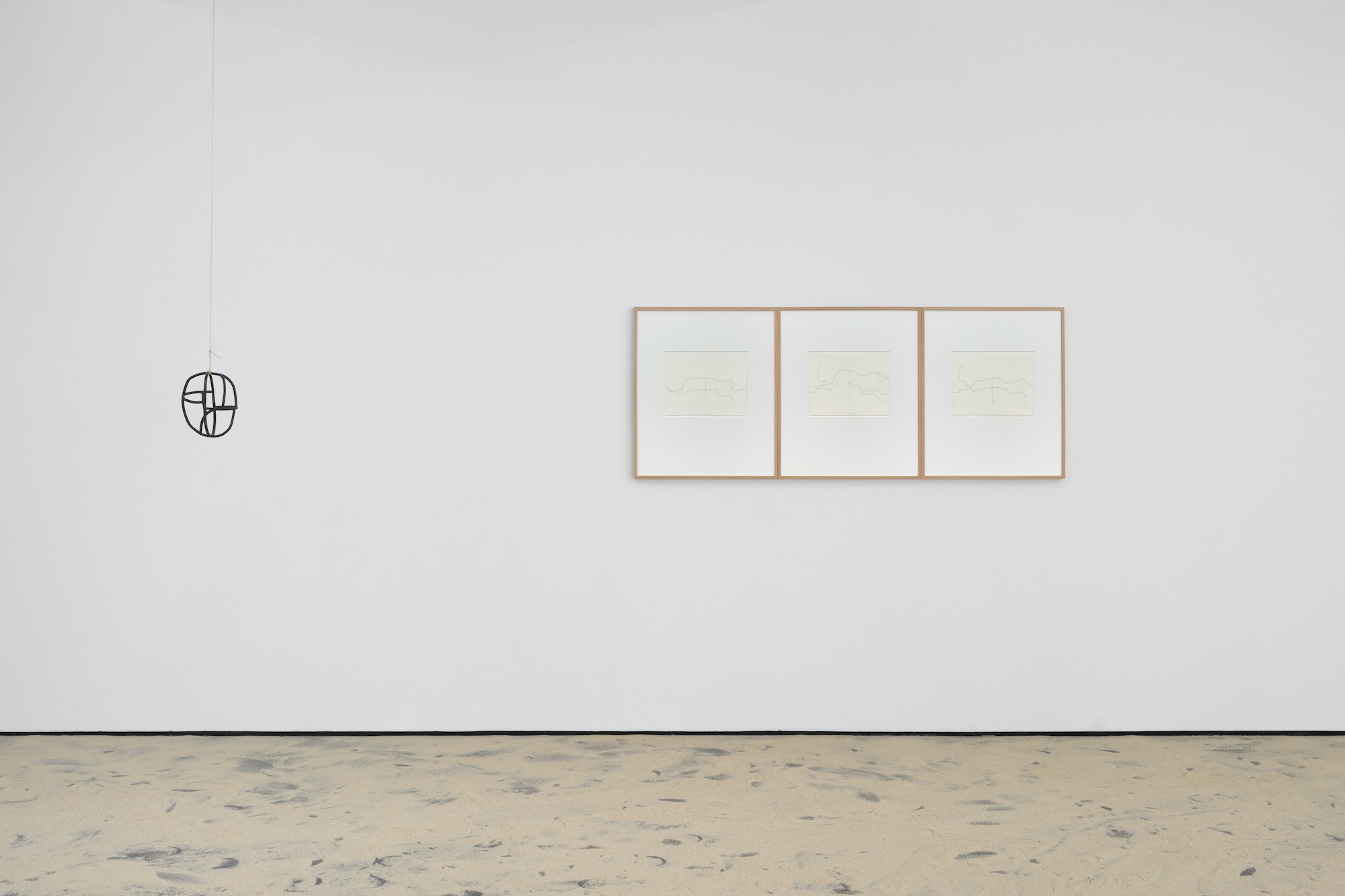
Installation view, Jürgen Partenheimer, spectral void [ma], 2024 | Courtesy of max goelitz | Copyright of the artist | Photo: Marjorie Brunet Plaza
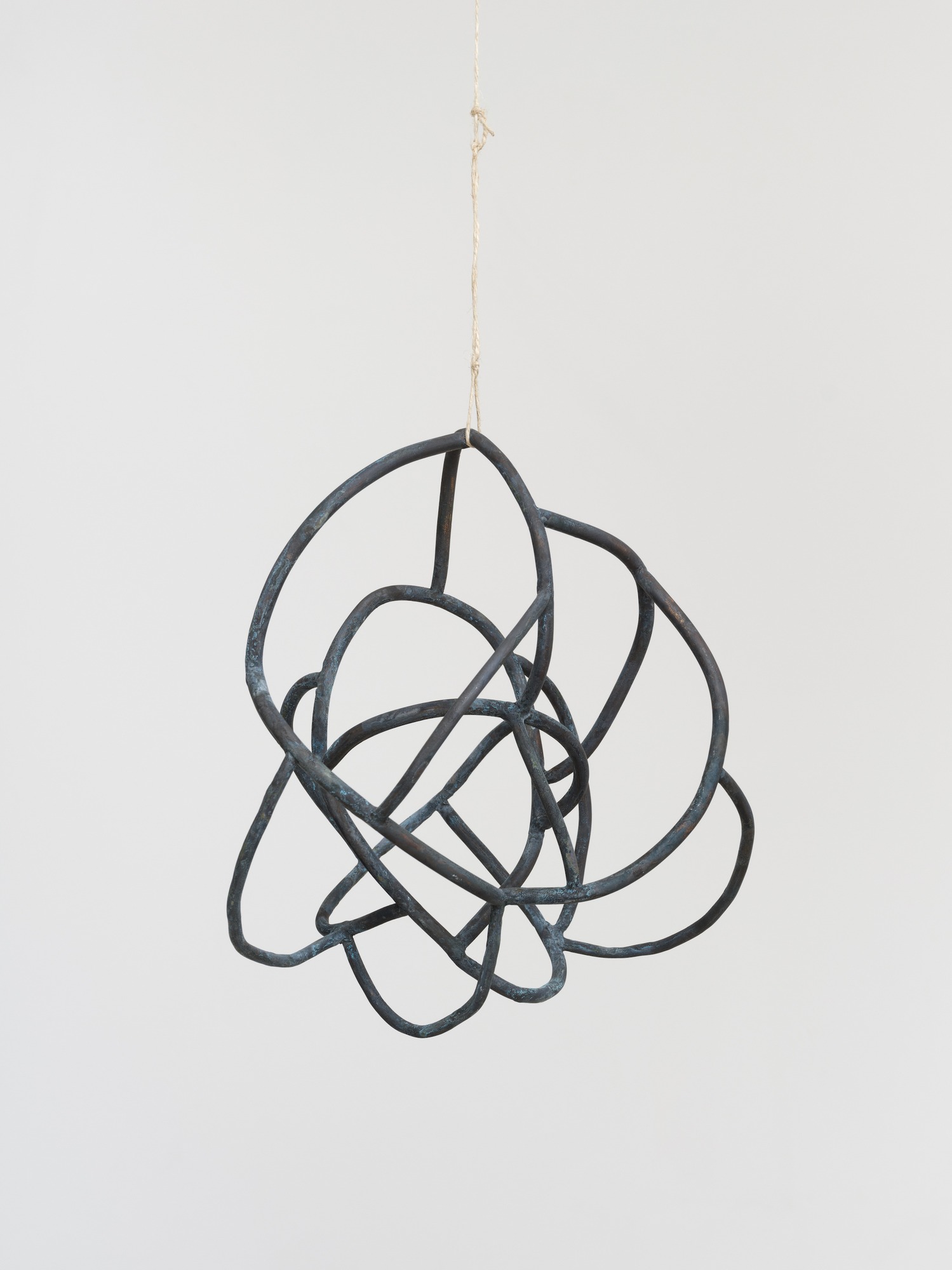
Jürgen Partenheimer, Maze VIII, 2024, 35.5 x 31 x 23 cm | Courtesy of max goelitz | Copyright of the artist | Photo: Marjorie Brunet Plaza
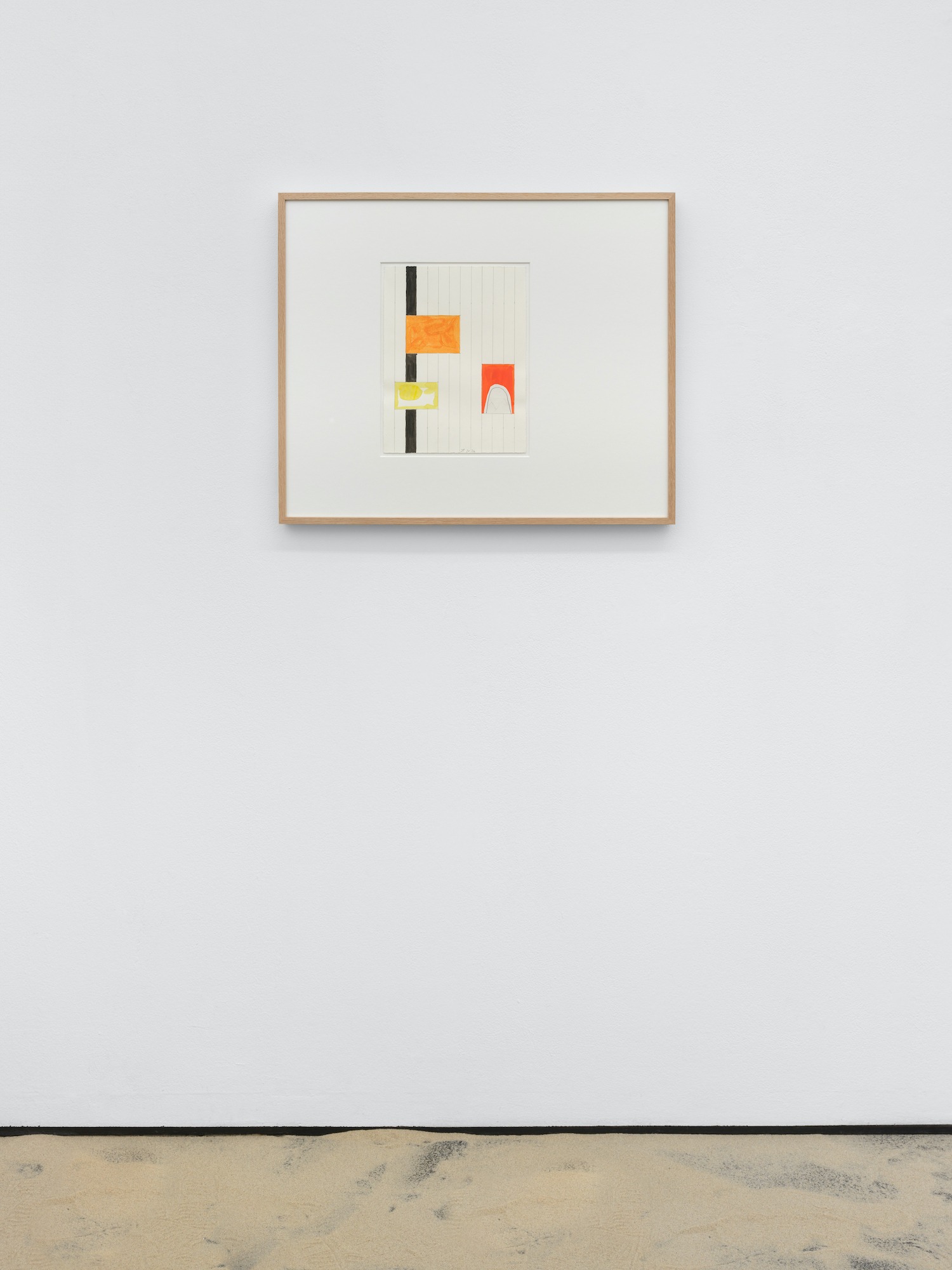
Jürgen Partenheimer, Spectral Void (Beyond Possessive Space), 2024 34 x 26 cm | Courtesy of max goelitz | Copyright of the artist | Photo: Marjorie Brunet Plaza
“The emptiness, precisely linked to the peculiarity of the place is not absence, but creation (emergence)” - Martin Heidegger
In spectral void [ma], Jürgen Partenheimer explores the meaning of essential void, which defines aesthetically, philosophically and ecologically necessary free spaces. The Japanese term “Ma” stands for void as an aesthetic experience and as a sign of discontinuity in the sense of pausing. Partenheimer‘s installation marks the spatial energy in which the void as an essential absence points to the connection between things. The balance of distance, its subtle rhythm, emphasizes the dialogue of dynamic energy between sculpture, image and space. Partenheimer‘s non-objective minimalism is characterized by the preservation of open, unoccupied space, which enables meditation and critical reflection as a spiritual experience.
Maze (2006-2024) is a series of bronze sculptures that appear like drawings in space. The hanging forms create an open structure that expands, where the transition from drawing to sculpture is fluid. Depending on the viewer‘s standpoint, a spatial concept unfolds, which seems to continue and open up through its movement. The impression is enhanced by the rotation and swaying of the sculptures, which are attached to hemp strings. As early as 2006, Partenheimer began with Maze I to transform the symbolic nature of the line into sculpture, describing the spatial drawings as weightlessly present, as well as the inner sound of an infinite vastness of movement.
The series Spectral Void (2024) comprises drawings that explore emptiness as a force, as a conscious renunciation, and at the same time as a sensuous aesthetic experience. The works reflect fragile lines, forms, and colors, between which a space opens up for the artist where the unknown and unnamed can find a place. While some works allow a subtle reference to the perceptible world, others rely entirely on imagination and dispense with concrete connections. Thus, free spaces are created that offer opportunities for both the viewer and the motifs themselves to unfold and balance between presence and absence.
The three drawings Spectral Void Reframed (Houston) (2024) were created during Partenheimer‘s travels through Texas, New Mexico, and Louisiana and reflect the experience of the vastness of the American landscape. Shaped by the seemingly endless expanses of the horizons, the observation of nature in these abstractions refers to the complexity of open spaces.
Easy Pieces (2024) is horizontally structured through overlapping color fields, which correspond with each other through irregular lines. The composition appears rhythmic and meditative, with each color field unfolding its own structure and texture, conveying a sense of movement and depth. Partenheimer‘s painting covers the relationship between line, form, and color and while avoiding the narrative it explores conceptual spaces beyond sensory perception. The abstraction reveals the movement of thought, in which the Easy Pieces take shape as an imaginary landscape through the artist‘s sensation.
The sculptures Shoji (Ex) (2024) consist of two cubic constructions made of wood and bronze, crafted from rectangular slats. Despite their identical shapes, the differing materiality and coloring create a clear contrast that negotiates the relationship between mass and empty space. The open structure, divided into several smaller rectangular fields by vertical and horizontal struts, defines a space that highlights lightness and transparency. Drawing inspiration from ”Shoji,“ Japanese room dividers traditionally used for flexible space division in houses and adhering to traditional design principles, Partenheimer adopts their strict form. The sculptures appear both permeable and space-filling, exploring the dynamic complexity of emptiness.
In spectral void [ma], Jürgen Partenheimer explores the meaning of essential void, which defines aesthetically, philosophically and ecologically necessary free spaces. The Japanese term “Ma” stands for void as an aesthetic experience and as a sign of discontinuity in the sense of pausing. Partenheimer‘s installation marks the spatial energy in which the void as an essential absence points to the connection between things. The balance of distance, its subtle rhythm, emphasizes the dialogue of dynamic energy between sculpture, image and space. Partenheimer‘s non-objective minimalism is characterized by the preservation of open, unoccupied space, which enables meditation and critical reflection as a spiritual experience.
Maze (2006-2024) is a series of bronze sculptures that appear like drawings in space. The hanging forms create an open structure that expands, where the transition from drawing to sculpture is fluid. Depending on the viewer‘s standpoint, a spatial concept unfolds, which seems to continue and open up through its movement. The impression is enhanced by the rotation and swaying of the sculptures, which are attached to hemp strings. As early as 2006, Partenheimer began with Maze I to transform the symbolic nature of the line into sculpture, describing the spatial drawings as weightlessly present, as well as the inner sound of an infinite vastness of movement.
The series Spectral Void (2024) comprises drawings that explore emptiness as a force, as a conscious renunciation, and at the same time as a sensuous aesthetic experience. The works reflect fragile lines, forms, and colors, between which a space opens up for the artist where the unknown and unnamed can find a place. While some works allow a subtle reference to the perceptible world, others rely entirely on imagination and dispense with concrete connections. Thus, free spaces are created that offer opportunities for both the viewer and the motifs themselves to unfold and balance between presence and absence.
The three drawings Spectral Void Reframed (Houston) (2024) were created during Partenheimer‘s travels through Texas, New Mexico, and Louisiana and reflect the experience of the vastness of the American landscape. Shaped by the seemingly endless expanses of the horizons, the observation of nature in these abstractions refers to the complexity of open spaces.
Easy Pieces (2024) is horizontally structured through overlapping color fields, which correspond with each other through irregular lines. The composition appears rhythmic and meditative, with each color field unfolding its own structure and texture, conveying a sense of movement and depth. Partenheimer‘s painting covers the relationship between line, form, and color and while avoiding the narrative it explores conceptual spaces beyond sensory perception. The abstraction reveals the movement of thought, in which the Easy Pieces take shape as an imaginary landscape through the artist‘s sensation.
The sculptures Shoji (Ex) (2024) consist of two cubic constructions made of wood and bronze, crafted from rectangular slats. Despite their identical shapes, the differing materiality and coloring create a clear contrast that negotiates the relationship between mass and empty space. The open structure, divided into several smaller rectangular fields by vertical and horizontal struts, defines a space that highlights lightness and transparency. Drawing inspiration from ”Shoji,“ Japanese room dividers traditionally used for flexible space division in houses and adhering to traditional design principles, Partenheimer adopts their strict form. The sculptures appear both permeable and space-filling, exploring the dynamic complexity of emptiness.
